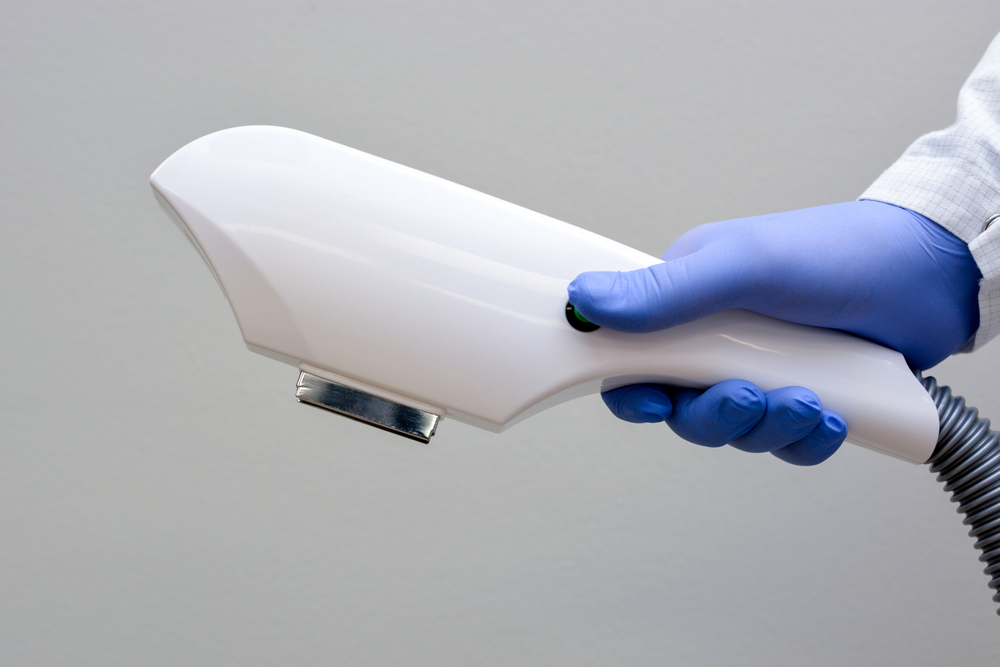
How IPL Therapy Works: A Step-by-Step Guide for Dry Eye Treatment
If you suffer from dry eyes, you’re not alone. Millions of people experience this uncomfortable condition, often caused by meibomian gland dysfunction (MGD), where the glands responsible for producing the oil layer of tears become blocked or malfunction. One of the most effective treatments available today is Intense Pulsed Light (IPL) therapy.
What Is IPL Therapy?
IPL therapy has proven to be highly effective in treating dry eyes. The light pulses target the blood vessels that contribute to inflammation and help restore the natural function of the meibomian glands. These glands are crucial for producing the oils that keep your tears from evaporating too quickly.
Step 1: Initial Consultation and Diagnosis
Before starting IPL therapy, your optometrist will conduct a thorough eye examination. This includes checking for signs of meibomian gland dysfunction, assessing the quality of your tears, and determining the severity of your dry eye condition. This step is vital to ensure IPL is the right treatment option for you.
Step 2: Preparing for Treatment
Once IPL therapy is recommended, the next step is preparing for the procedure. The treatment area—usually around your eyelids and the surrounding skin—will be cleaned and prepared. Special protective goggles will be provided to shield your eyes from the intense light pulses. A cooling gel may also be applied to protect your skin and ensure your comfort during the procedure.
Step 3: The IPL Procedure
The IPL therapy itself involves using a handheld device that emits pulses of light to the area around the eyes. These pulses penetrate the skin, targeting the tiny blood vessels that cause inflammation. The light energy helps break down blockages in the meibomian glands, allowing them to function properly again.
Each session typically takes about 10–15 minutes, and patients often report little to no discomfort. You may feel a mild sensation of warmth or a slight sting, but it’s generally a pain-free process.
Step 4: Post-Treatment Care
After the procedure, your optometrist may gently express the meibomian glands to remove any remaining blockages and encourage the production of healthy oils. You’ll also receive post-treatment instructions, such as avoiding direct sunlight and applying sunscreen to protect the treated area.
In most cases, IPL therapy is recommended as a series of treatments, usually spaced 3–4 weeks apart. Depending on the severity of your condition, you may need 3–4 sessions to see optimal results.
Step 5: Results and Follow-Up
As the treatments progress, many patients experience significant improvement in their dry eye symptoms. The glands begin to function better, reducing inflammation and increasing tear quality. After completing the recommended sessions, follow-up appointments will allow your optometrist to monitor your progress and determine if additional treatments are necessary.
Benefits of IPL Therapy for Dry Eyes
• Non-invasive: IPL is a non-surgical, minimally invasive treatment.
• Long-lasting relief: The effects of IPL therapy often last for months, providing long-term relief from dry eye symptoms.
• Improves overall eye health: By targeting the root cause of dry eyes—meibomian gland dysfunction—IPL helps restore your eyes’ natural tear production.
Optimizing Your Eye Health and Comfort with Spectocular Eyecare and Eyewear
If you’ve tried other treatments for dry eyes with little success, IPL therapy might be the solution you’ve been looking for. At Spectocular Eyecare and Eyewear, we specialize in treating dry eye syndrome with the latest technology, including IPL. We can guide you through the process and develop a personalized treatment plan tailored to your needs.
If you’re experiencing dry eye symptom, schedule a consultation with Spectocular Eyecare and Eyewear to determine if IPL therapy is the right solution for you. Contact our office in Irving, Texas, by calling call (972) 258-2020, or visit our website to book an appointment today.










